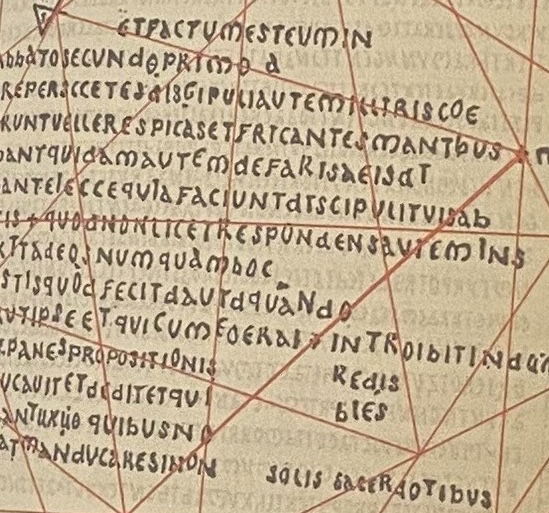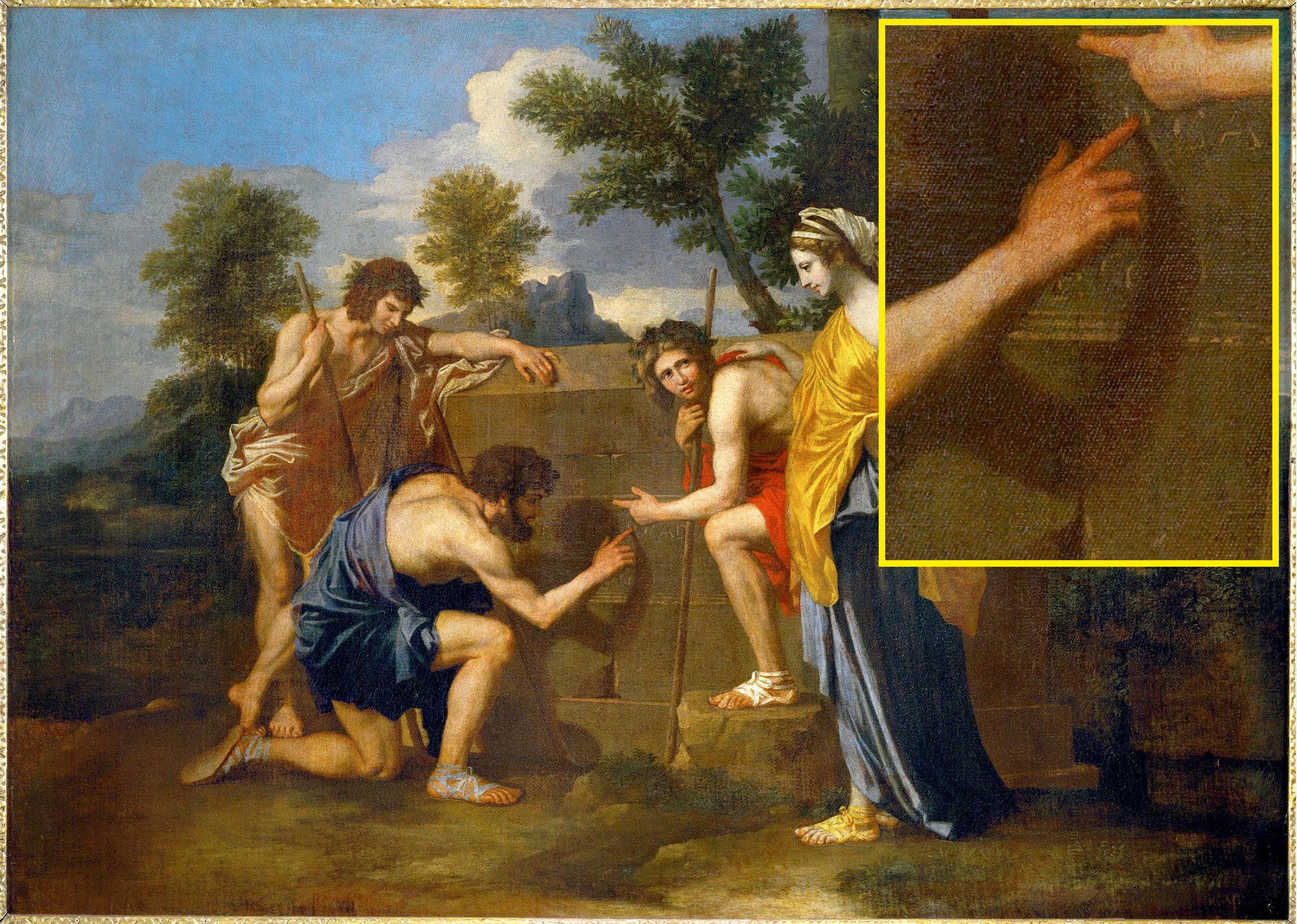The genuine content concealed in the parchments is not encrypted in the text; it is the hidden geometry.
The fabulous new work by Simon Miles is one of the best books written on the Affair. It is even more surprising because it originates from the English speaking world and research! Miles epitomises the serious research and the French milieu from which the Affair of the Parchments arises. He states;
'...the best way and insightful way to think about the business of the parchments might be to view them as akin to a work of performance art, a kind of serious joke that makes sense within a certain strand of twentieth-century French literature, even if it does not necessarily translate very well into English. If this is so, then the story of the parchments' apparent discovery by Saunière was intended to mask their true origin and purpose. The entire notion of the message encoded in the text is a false outer layer, a disguise, a distraction.
The purpose of the parchments was not as a vehicle for concealing a secret text message. The “BLUE APPLES” output string prize to be won by cracking the code. No one ever had to decode the text to obtain it, nor could they, because this was not even was not a possible. Rather, it was an integral part of the ensemble of materials out of which this narrative has been put together and was never a separate component at all. In fact, far from being hidden, it was published in the Dossiers Secrets in 1964, several years before the parchments themselves were first shown publicly in 1967.
Georges Perec is an example of an author who worked under such deliberately self-imposed constraints. He wrote an entire novel, for example, which does not include the letter "e" (La Disparition (1969), translated into English as A Void). In another, (Life: A User's Manual (1978)) he arranged the plot so that it played out according to the moves of a Knight's Tour on a 10 x 10 chessboard, a strategy that offers a conceptual link directly to the parchment decoding instructions.
Under this reading, the parchments are the output of a sequence of elaborate manipulations of text that have been designed to fascinate, distract and deflect attention. The goal was to create conditions that would encourage the widespread dissemination of the parchments, to encourage scrutiny of their enigmatic and mysterious surfaces, and to put off for as long as possible the correct extraction of the genuine content'. [The Map and the Manuscript, pp445-463]
I discuss this further HERE. Suffice to say that as Miles identified 'The "solution" itself, the "BLUE APPLES" string, was precisely not the point. It was merely the output of the sequence of manipulations. It was the manipulations themselves that were the 461 purpose of the exercise. From this we can infer that the entire process of the encoding and with as many layers, twists and trapdoors as possible. The puzzle- decoding of the text message was maker is in no designed and intended as a distraction, hurry for the Seal of Solomon to be identified; indeed, the longer it takes, the better. The genuine content concealed in the parchments is not encrypted in the text; it is the hidden geometry.
As the creators of the Parchments [I assume Cherisey et al until proven otherwise] roped in the Poussin painting into the POMMES BLEUES cipher string, and even though Mile's asserts this cipher message was just a 'hook' and a cover to obstruct the seeing of the real geometry 'in' the Parchments, one thing I wonder, for the sake of completeness is whether Miles could look to see if there is any correlation with the geometry in the Poussin painting, and whether it has any points reflected in the geometry he found in the Parchments which, as he has already identified, is the same geometry in the Boudet map [La Vrai Langue Celtique].
I say this because the motto 'Et in Arcadia Ego ...' was found in the early Dossiers secrets d'Henri Lobineau indicating some sort of interest on the part of Plantard with this motto, made famous by Poussin in his painting 'Les Bergers d'Arcadie', [or 'Et in Arcadia ego', executed c.1638/40, & acquired by Louis XIV in 1685 and now in the Musée du Louvre]. Henri Lobineau's Secret Files, also called the Lobineau File or the Secret Files, are a series of typed documents, developed by Pierre Plantard and Philippe de Chérisey and deposited between 1964 and 1967 at the National Library of France in the form of an anonymous donation.
Another observation I made [probably irrelevant] is that the centre of the geometry in the Parchments [found by Miles] appears to point to a central letter R, as does the kneeling shepherd in the Poussin painting point to the letter R of the motto, et in Arcadia Ego ... as I show in the photos below [hence my 'connection to be investigated' between painting and parchment];

Above - The geometry from the Parchments which is replicated in the Boudet map - centred on the letter R. Below - Et in Arcadia Ego, by Poussin, where the shepherd points to the letter R.
